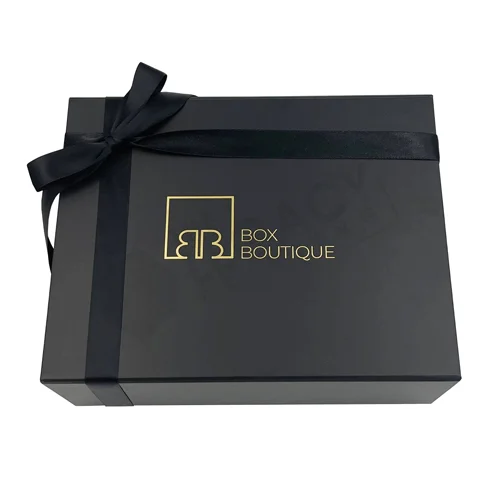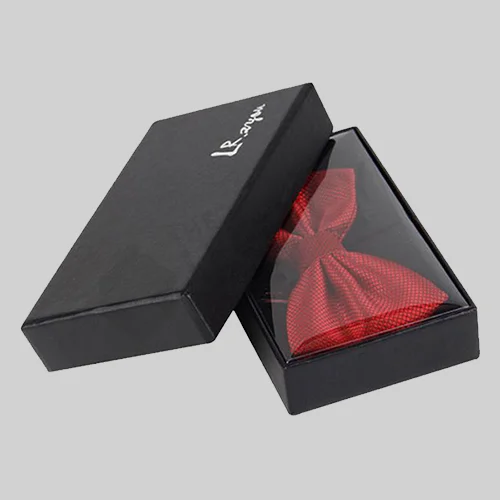Filter By Categories
Belt Boxes
Manufacturers use belt boxes to pack a key accessory that both men and women wear: the belt. These can come in different forms, such as magnetic closure, hinged lid, or any other unlocking mechanism. You can have the colour and print of your choice applied to the packaging box to reflect your branding. Furthermore, these play a critical role in ensuring the safety of leather belts.
Luxury Boutique Boxes
Luxury Boutique Boxes are an embodiment of class and elegance. Meticulously crafted with precision and artistry, these deluxe boxes are a picture of opulence. Adorned with lavish materials and intricate detailing, complemented by plush interiors, these boxes are perfect for upscale retail packaging, designer gift packaging, and storing keepsakes and cherished items. With their magnificence and allure, these boxes elevate the value of your precious items. Whether you want to use them for luxury retail packaging or as a gift box or just for storing your prized possessions, luxury boutique boxes are a timeless and elegant choice. Cherry on top: they are completely customisable!
Luxury Shirt Boxes
Garment businesses can make use of luxury shirt boxes to pack shirts of all types. Whether they are looking to pack formal wear or casual wear, these packaging boxes are suitable. What makes these packaging boxes outstanding is that they offer a lot of room for businesses to imprint their brand elements. When shirts appear more noticeable to the customers, they are likely to be bought by potential consumers.
Luxury Textile Boxes
Luxury textile boxes by The Legacy Printing are also referred to as premium textile presentation boxes, crafted from top-tier materials and often used for the storage, transportation, or display of clothing, textiles, and other fabric items. The body of the box is generally constructed from corrugated or rigid cardboard. The material gives the box its form and rigidity, yet it also allows for a great deal of customization in terms of its size, shape, and design.
Luxury Tie Boxes
Nothing exudes more sophistication and style than elegantly designed luxury tie boxes. Meticulously crafted with utmost precision, these exquisite boxes are made from superior quality materials and include impeccable finishes. Not only are they a visual treat, but they are also sturdy and durable, effectively protecting and preserving your ties. Therefore, they provide an ideal blend of practicality and visual appeal. With their sleek design and careful attention to detail, luxury tie boxes serve as a testament to refined taste and discerning style.
DIMENSIONS
PRINTING
CMYK, PMS, No Printing
PAPER STOCK
10pt to 28pt (60lb to 400lb) Eco-Friendly Kraft, E-flute Corrugated, Bux Board, Cardstock
QUANTITIES
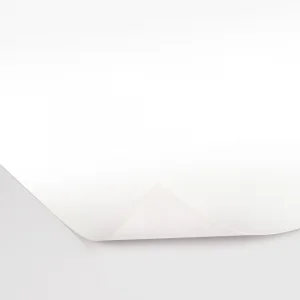
SBS C1S

SBS C2S
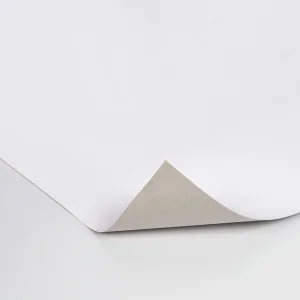
CCNB
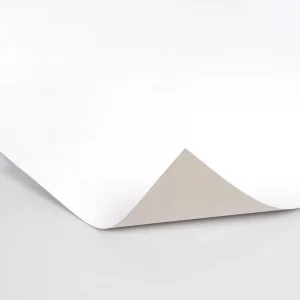
Fully Recycled CCNB

Clay Coated Kraft Back (CCK)
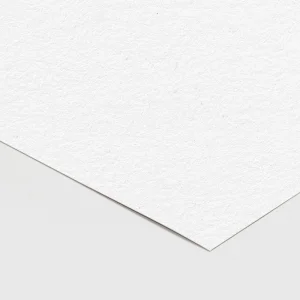
White Kraft
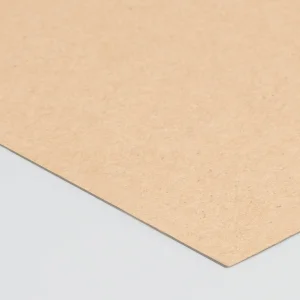
Natural Brown Kraft
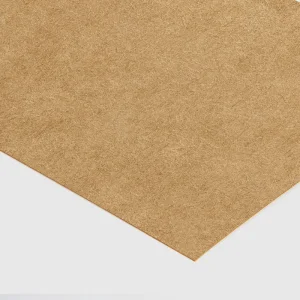
Uncoated Unbleached Kraft (UUK)
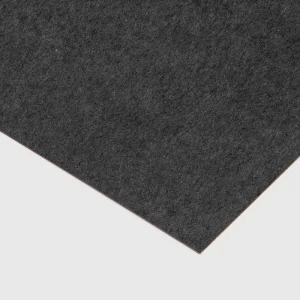
Black Kraft
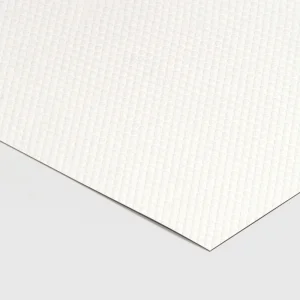
Textured
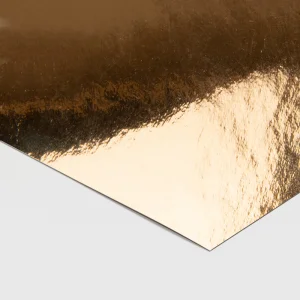
Metallic Paper
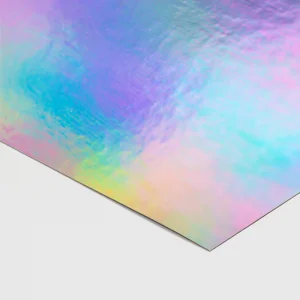
Holographic
BOX FEATURES
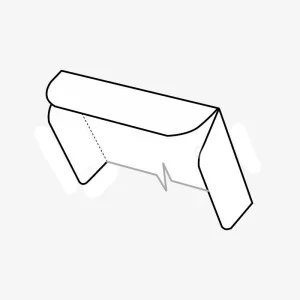
3 Flaps Tuck Top Lid
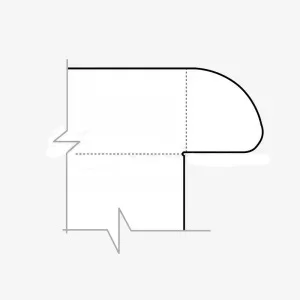
Cherry Lock
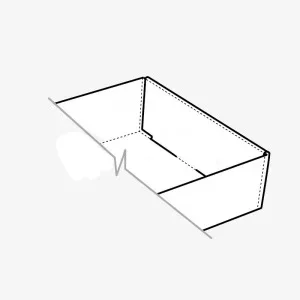
Roll End Tray

3 Flaps Tuck Top Lid

Cherry Lock
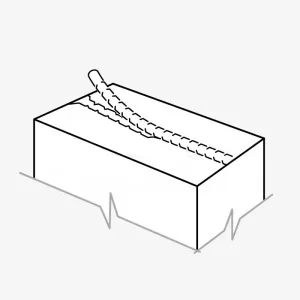
Tear Strip

Roll End Tray
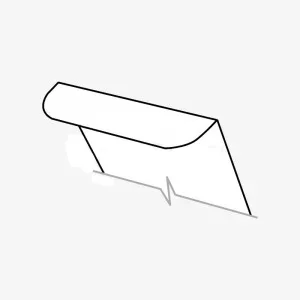
Tuck Top Lid

Perforation

Tear Strip

Tuck Top Lid

Perforation
PRINTING METHODS
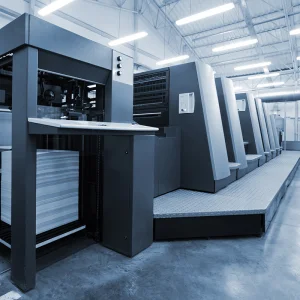
Offset Print
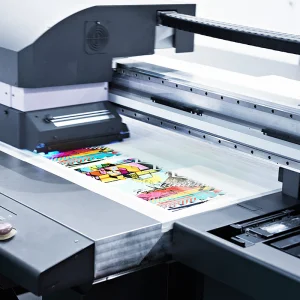
Digital Print
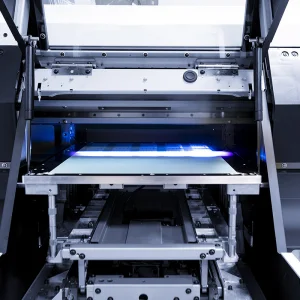
UV Print
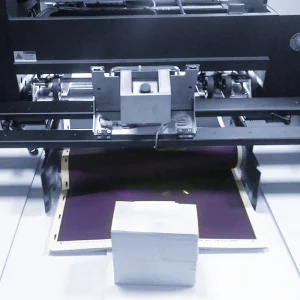
Scodix Digital Enhancement
INKS
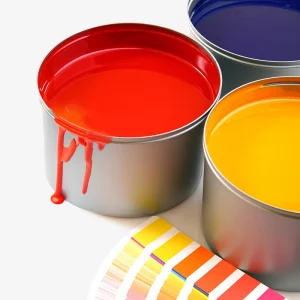
Water-based Inks
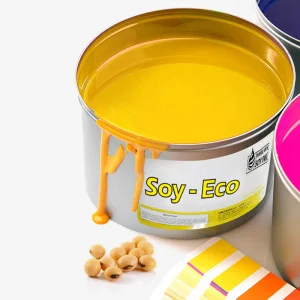
Soy Vegetable Based Inks
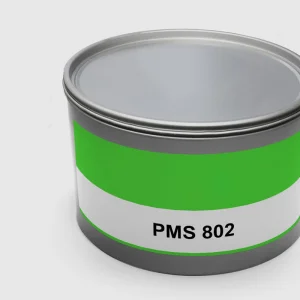
Fluorescent Color Inks

Water-based Inks

Soy Vegetable Based Inks

Fluorescent Color Inks
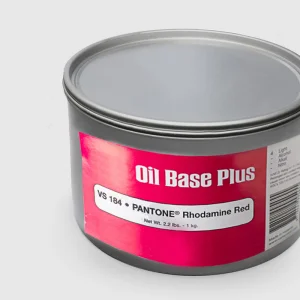
Oil Based Inks
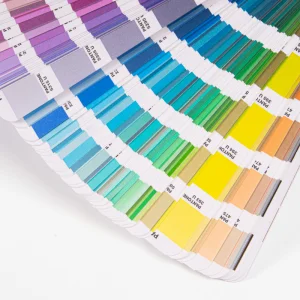
Pantone
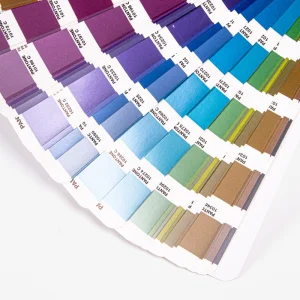
Pantone Metallic

Oil Based Inks

Pantone

Pantone Metallic
FINISHING
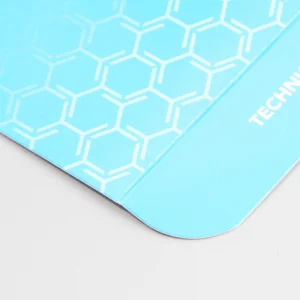
Aqueous Coating

UV Coating
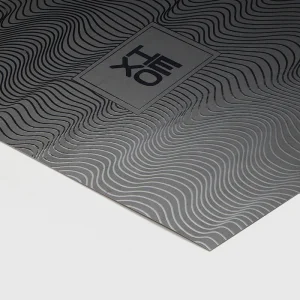
Spot Gloss UV

Anti-scratch lamination
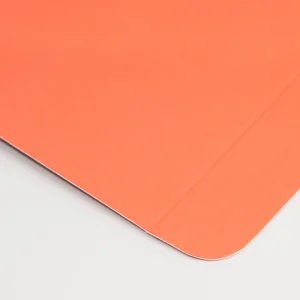
Soft Touch Coating
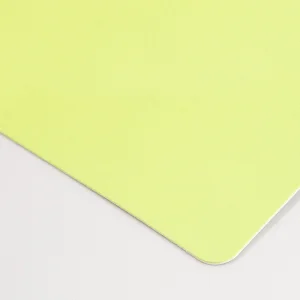
Varnish
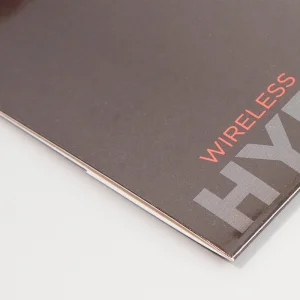
Lamination
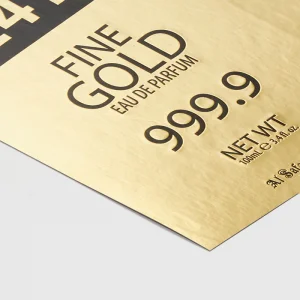
Soft touch / Silk Lamination
ADDITIONAL OPTIONS
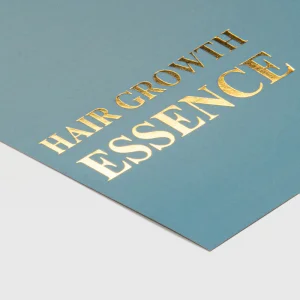
Hot Foil Printing
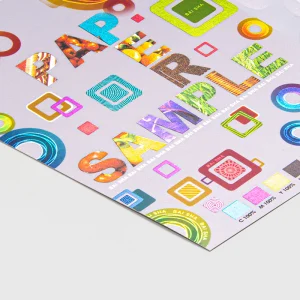
Cold Foil Printing
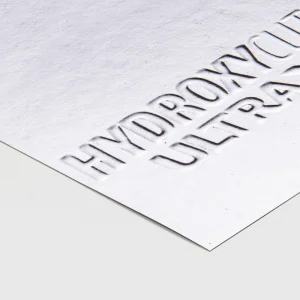
Blind Embossing
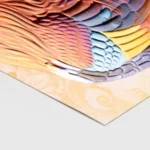
Registered Embossing
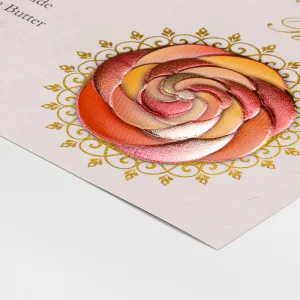
Combination Embossing
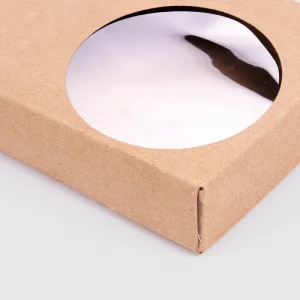
Window Patching
ADD ONS
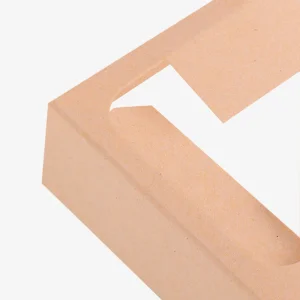
Natural Kraft Paperboard Insert
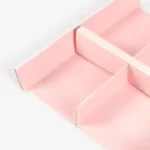
Folding Carton Box Divider Inserts
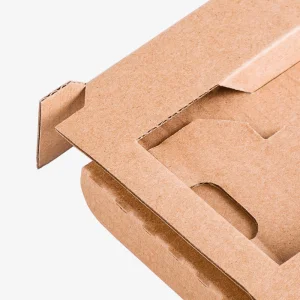
Natural Kraft Corrugated Insert
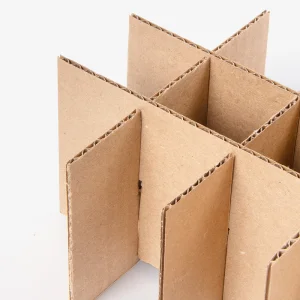
Corrugated Box Divider Inserts
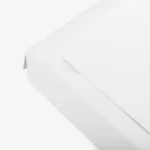
Standard White Corrugated Insert
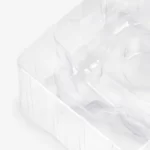
PETG Blister Insert
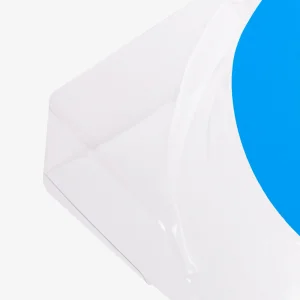
PVC Blister Insert
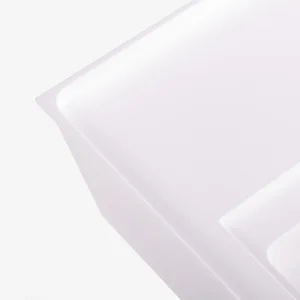
HIPS Blister Insert
DIMENSIONS
PRINTING
CMYK, PMS, No Printing
PAPER STOCK
10pt to 28pt (60lb to 400lb) Eco-Friendly Kraft, E-flute Corrugated, Bux Board, Cardstock
QUANTITIES

SBS C1S

SBS C2S

CCNB

Fully Recycled CCNB

Clay Coated Kraft Back (CCK)

White Kraft

Natural Brown Kraft

Uncoated Unbleached Kraft (UUK)

Black Kraft

Textured

Metallic Paper

Holographic
BOX FEATURES

3 Flaps Tuck Top Lid

Cherry Lock

Roll End Tray

3 Flaps Tuck Top Lid

Cherry Lock

Tear Strip

Roll End Tray

Tuck Top Lid

Perforation

Tear Strip

Tuck Top Lid

Perforation
PRINTING METHODS

Offset Print

Digital Print

UV Print

Scodix Digital Enhancement
INKS

Water-based Inks

Soy Vegetable Based Inks

Fluorescent Color Inks

Water-based Inks

Soy Vegetable Based Inks

Fluorescent Color Inks

Oil Based Inks

Pantone

Pantone Metallic

Oil Based Inks

Pantone

Pantone Metallic
FINISHING

Aqueous Coating

UV Coating

Spot Gloss UV

Anti-scratch lamination

Soft Touch Coating

Varnish

Lamination

Soft touch / Silk Lamination
ADDITIONAL OPTIONS

Hot Foil Printing

Cold Foil Printing

Blind Embossing

Registered Embossing

Combination Embossing

Window Patching
ADD ONS

Natural Kraft Paperboard Insert

Folding Carton Box Divider Inserts

Natural Kraft Corrugated Insert

Corrugated Box Divider Inserts

Standard White Corrugated Insert

PETG Blister Insert

PVC Blister Insert








